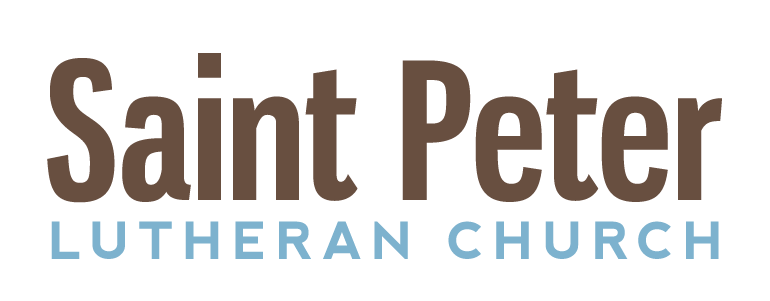Written by Janet Weinz, member of Saint Peter’s Faith In Action (FIA) team.
The month of May was Asian American Pacific Islander (AAPI) Awareness month. It is appropriate to recognize our Asian brothers and sisters because it was only days after the horrific mass shooting of 11 people in a King Soopers in nearby Boulder that there was a mass shooting of eight people in Georgia, six of whom were Asian-American women. This senseless killing followed a year of blaming Asians for COVID-19.
Our country’s history of hatred and violence against Asian Americans unfortunately is not new. It began shortly after Chinese immigrants arrived as laborers in the 1850s as a source of cheap labor to build railroads. Soon they were seen as a threat to white jobs and as disease-bearing. In 1882, President Chester Arthur signed the Chinese Exclusion Act which halted legal Chinese immigration until 1943. Another travesty happened after Pearl Harbor was attacked by Japan. In February 1942, President Franklin Roosevelt signed an Executive Order to round up and incarcerate 120,000 people of Japanese descent and send them to 10 Internment camps, including the Granada War Relocation Center (also known as Camp Amache) located two hours east of Pueblo, Colorado.
This is where the story gets personal for me. My sister-in-law’s parents (Flo and Harry Nakamura) are Japanese American. They were incarcerated at Camp Topaz in Utah in 1942 for three years. My niece Kristen collaborated with her Grandma Flo to write about her camp experience. Grandma Flo’s story along with 14 other detainees’ stories were published in the book, Making Home From War - Stories of Japanese American Exile and Resettlement. Unfortunately, Grandma Flo passed away before the project was completed, but Kristen wrote that although the incarceration at Camp Topaz had not made Grandma Flo “bitter”, she saw the United States in a new, harsher light. It was a country that judged her based solely on race.
The recent killings in Atlanta made me concerned about my Japanese American sister-in-law. I called her and asked how she was. She replied, “I’m scared!” Even though she grew up in San Francisco, she was fearful of going into the city because of “CoronaVirus Racism” attacks. She no longer felt welcome in the city she called home. She felt like an outsider.
Recognizing the divides in our country, the recent ELCA Assembly invited Dr. Edward Antonio, a black South African who teaches at Concordia, Moorhead, to give the keynote address on “The Other”. In his thought-provoking address, he lamented that America has a “crisis of humanity”. Humanity is now secondary to Identity. We identify as Black, White, Asian, Latin, Men, Women, Disabled, Republican, Democrat, LGBTQ+ and so on, but how did these identities in America devolve into self-group worship (idolatry)? How can one group treat another group as inferior and see them as “the other”?
Hardened hatred arises from this fear of “the other” who is not like us. Fear is a mirage. It is a product of our imagination. We can choose to overcome fear when we are able to see ourselves in the other’s struggles. Jesus embraced “the other” as much as he embraced those who followed him. There was no “other” to Jesus. Our faith reminds us that we, too, can overcome fear by love and to embrace “the other” as Jesus did.
I know that reading articles like these can often make us feel helpless. But as we are learning in our Faith In Action (FIA) meetings, it is a process. We’ve tried to sum up that process in the new FIA vision statement.
Sparking conversation with all
Fostering curiosity among all
Embodying God’s love for all
I encourage you to learn more about the Japanese Internment Camps, Asian/Pacific History and how to avoid “othering” through the links below. I also encourage you to pray and consider how you might overcome your own fears with love.
Featured photo from StGeorgeUtah.com. The caption reads: A historic photo on display at the Topaz Museum shows new arrivals coming to the Topaz Internment Camp near Delta, Utah in 1942.

